Waste depolymerization – Chinaplas, slated for Shanghai in its 2024 edition, is set to break records once again, boasting over 4,400 exhibitors across a sprawling 380,000 square meters 27-03-2024
Waste depolymerization
Crude Oil Prices Trend
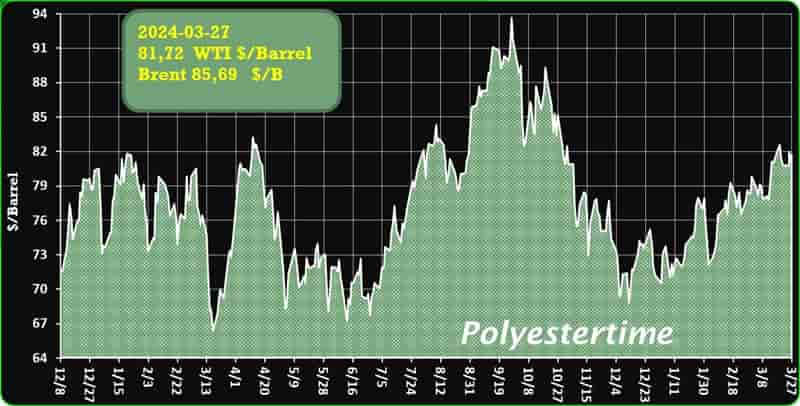
Crude Oil Prices Trend by Polyestertime
An environmental organization initiated legal action against the U.S. Department of Energy (DOE)
The lawsuit’s objective is to compel the DOE to disclose documents detailing its interactions with the plastics industry. This request for transparency centers around a DOE research initiative aimed at enhancing chemical recycling and advancing alternative methods to manage plastic waste.
The environmental group’s legal challenge underscores the growing public concern over plastic pollution and the need for effective waste management solutions. By targeting the DOE, the group seeks to shed light on the department’s efforts to collaborate with the plastics industry in developing technologies that could mitigate the environmental impact of plastic waste. Waste depolymerization
Chemical recycling is a process that breaks down plastic polymers into their constituent monomers, which can then be repurposed to create new plastics. This technology is seen as a potential game-changer in the recycling industry, offering a way to handle plastics that are currently non-recyclable through traditional mechanical methods.
The lawsuit reflects the tension between environmental advocacy and industrial interests in the context of environmental policy and innovation. The environmental group’s action is a call for accountability and transparency, emphasizing the public’s right to know how government agencies are addressing the critical issue of plastic waste in collaboration with industry stakeholders.
The outcome of this legal battle could have significant implications for the future of plastic waste management and environmental protection. Waste depolymerization
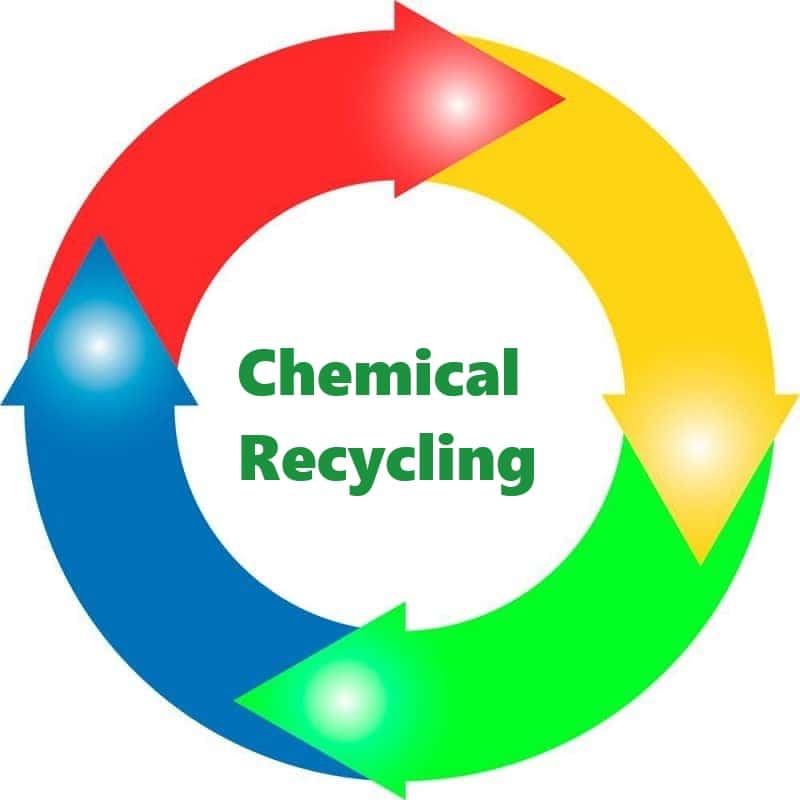
Side embarks on its US market journey with Side America Corp., a testament to its commitment to global expansion
This move marks a significant milestone, as the company aims to bolster its presence and cater directly to the American market’s needs. By establishing sales and service operations within the USA, Side ensures seamless interactions for its clients, emphasizing its dedication to tailored solutions and support.
The introduction of Side’s advanced linear PET blow moulding machines signifies a leap forward in efficiency, precision, and production capacity, pushing the boundaries of PET blow moulding technology. Moreover, Side prioritizes sustainability by offering eco-friendly packaging solutions, aligning with the growing demand for environmentally-conscious options among bottle makers’ clientele. Waste depolymerization
The expansion into the USA demonstrates Side’s readiness to forge enduring partnerships and thrive in the region, supported by a dedicated team proficient in navigating the complexities of the American market. With expertise in crafting intricate PET designs, Side showcases its ability to shape unique forms and structures, while maintaining operational efficiency and cost-effectiveness to deliver tangible value to clients.
At NPE, Side America Corp. will unveil cutting-edge PET preform blow moulding solutions tailored to the American market’s needs. Attendees can expect a diverse range of innovative technologies and equipment designed for efficiency, precision, and optimal packaging performance.
Our team of experts will be available to offer personalized guidance and solutions, ensuring each customer’s specific requirements are met. Waste depolymerization

Denka and Toyo Styrene have recently finalized the construction of a styrenic waste depolymerization plant in Ichihara, Japan
Situated within the Denka Chiba complex, this innovative facility utilizes cutting-edge process technology licensed from Agilyx, a US-based company, as per an agreement established in early 2022.
Upon reaching full operational capacity, the plant will have the capability to process up to 10 tons of pre- and post-consumer polystyrene waste per day.
Through a proprietary purification process developed by Toyo Styrene, the plant will yield high-quality styrene monomer, primed for reuse in the manufacture of new styrenic resins.
To ensure traceability and promote recycled content, the Japanese consortium is undergoing ISSC Plus certification for its Goi and Kimitsu plants. Waste depolymerization
This certification will enable the application of mass balance principles to allocate circular styrene in their plastic resin production.
With an annual production capacity of approximately 330,000 tonnes of polystyrene, Toyo Styrene stands as Japan’s foremost styrenic producer. Established in 1999, the company is a joint venture between Denka (50% ownership), Nippon Steel Chemical & Material (35%), and Daicel (15%).
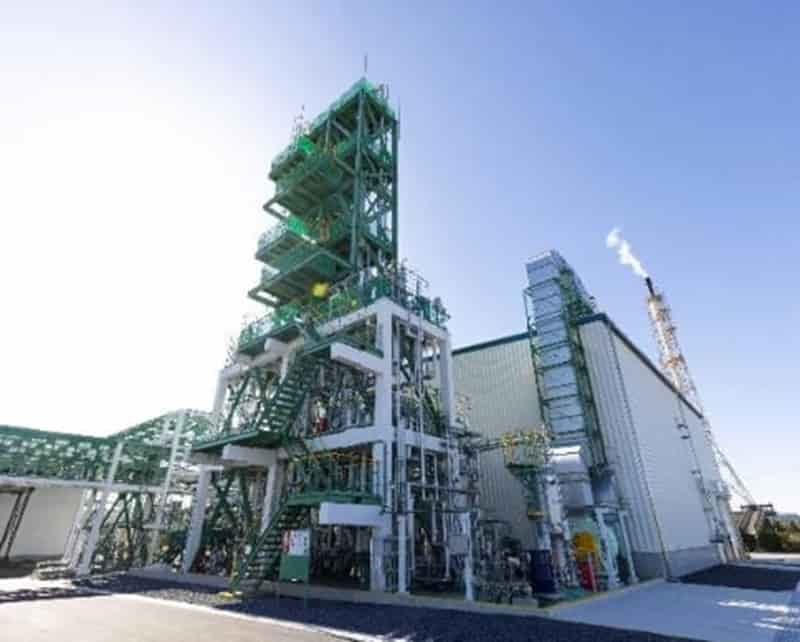
Dow introduces new polyolefin elastomer-based leather alternative for the automotive market
Dow unveils a pioneering polyolefin elastomer-based leather substitute tailored for the automotive sector, marking a groundbreaking stride in the quest for animal-free materials. This innovative alternative, developed in partnership with HIUV Materials Technology in China, has already secured its debut in electric car seating applications.
Dow’s polyolefin elastomer (POE) leather stands out for its plush texture and enhanced color stability, offering designers greater freedom, especially with lighter hues.
Notably, it meets rigorous automotive standards with its resilience to aging and low temperatures while eschewing hazardous chemicals, plasticizers, and heavy metals. Moreover, it boasts low volatile organic compound (VOC) emissions and odors, and its lighter density makes it 25% to 40% lighter than PVC leather. Waste depolymerization
Bambang Candra, Asia Pacific commercial vice president of Dow Packaging and Specialty Plastics, expressed excitement about Dow’s expertise in material science delivering this high-performance, eco-conscious leather alternative. He anticipates further collaborations to explore its potential across diverse industries beyond automotive.
This versatile solution holds promise beyond automotive applications, extending its reach to sporting goods, furniture, and fashion. It caters to brand owners seeking cost-effective options without compromising on product appearance or customer experience.
For further details on Dow’s innovative solutions driving progress, visit MobilityScience™ | Dow Inc. Waste depolymerization
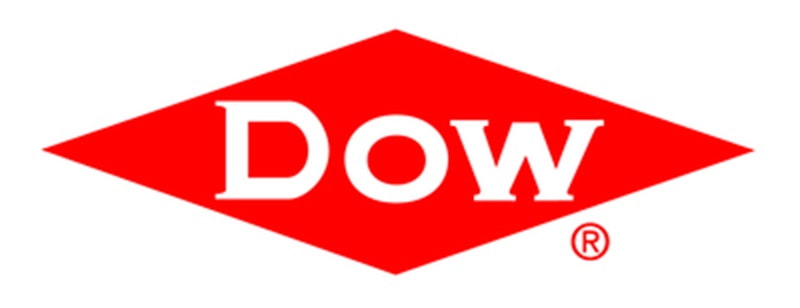
Chinaplas, slated for Shanghai in its 2024 edition, is set to break records once again, boasting over 4,400 exhibitors across a sprawling 380,000 square meters
With just under a month remaining until its commencement, this event has cemented its status as the premier international gathering for the plastics, rubber, and composites industries.
The sheer scale of Chinaplas is evident in the numbers: a substantial 12% increase in exhibition space compared to 2018, accommodating the expanded roster of exhibitors. Anticipating a turnout of 270,000 visitors—up from 180,000 six years prior—the event promises a comprehensive showcase, featuring over 3,800 machines and 17 specialized thematic zones. Waste depolymerization
Despite its brevity, spanning only four days, the event’s organizers attribute the packed schedule to the bustling activity in the exhibition center, particularly during the spring season.
Chinaplas also serves as a pivotal platform for the ASEAN region, reflecting its economic growth trajectory. While not reaching the heights of previous years, the region still sees an impressive annual growth rate of approximately 5%.
Meanwhile, within China, the plastics industry continues its upward trajectory, with production increasing by 3% to nearly 75 million tons last year. Waste depolymerization
This growth extends downstream, with the automotive sector witnessing an impressive 11.6% surge, producing over 30 million vehicles, 10 million of which are alternatively fueled—a staggering 30% increase.
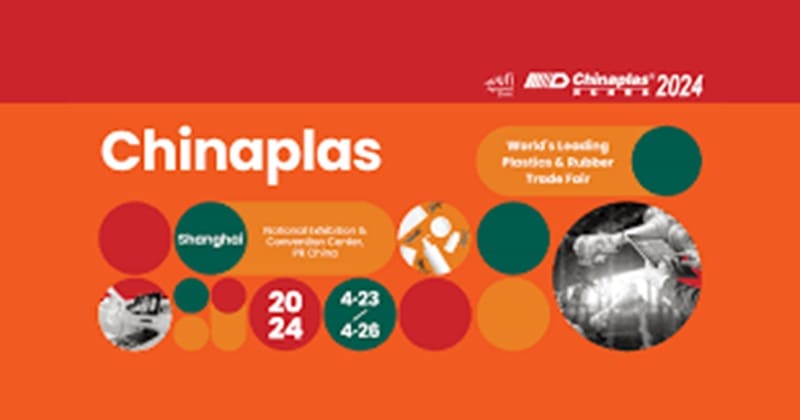
Cars : Hydrogen vs Electric
The future of energy transportation is increasingly shaped by two contenders: hydrogen and electric cars. While both promise sustainability, they diverge significantly in operation, charging infrastructure, and costs.
Electric vehicles (EVs) rely on lithium-ion batteries to power electric motors, rechargeable at home or public stations. In contrast, hydrogen cars utilize fuel cells to convert hydrogen gas and oxygen into electricity, emitting only water.
Charging infrastructure poses a challenge for both technologies. EVs struggle with developing widespread fast charging stations, while hydrogen cars face scarcity in refueling stations. Waste depolymerization
However, efforts are underway to expand hydrogen refueling networks.
Cost plays a crucial role in choosing between EVs and hydrogen cars. EVs typically boast lower initial prices due to cheaper infrastructure, but hydrogen cars may offer lower long-term operational costs with faster charging and comparable range to traditional vehicles. Yet, hydrogen production and storage remain costly.
Currently, EVs dominate the market due to affordability and infrastructure. However, hydrogen cars could become more competitive as refueling infrastructure expands and production costs decrease. Waste depolymerization
In conclusion, both technologies contribute to sustainable mobility, with EVs currently more accessible but hydrogen cars potentially offering long-term cost advantages. The expansion of infrastructure and technological advancements will shape the future landscape of energy transportation, vital for reducing environmental impact in the transport sector.
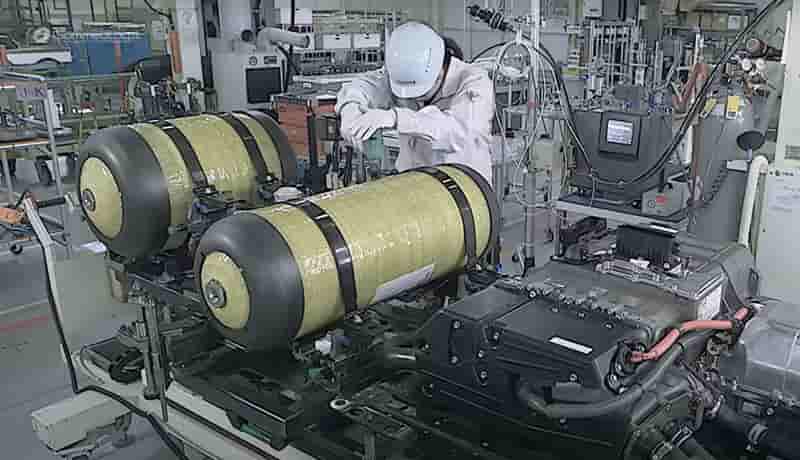
Baystar, the polyethylene joint venture between Borealis and TotalEnergies, commenced its production operations in October 2023
Despite the initial anticipation, the venture faced financial challenges, reporting a loss of €158 million.
This figure starkly contrasts with the previous year’s loss of €58 million, indicating a significant increase in financial strain.
The Baystar facility holds the distinction of being the first in North America to implement the proprietary Borstar technology developed by Borealis.
This technology is renowned for its advanced approach to polyethylene production, offering enhanced product properties and process efficiencies. Waste depolymerization
However, the financial performance of Baystar has not mirrored the technological advancements, as evidenced by the substantial losses incurred.
The increase in losses may be attributed to various factors, including market dynamics, operational costs, and the expenses associated with the implementation of new technology.
The joint venture’s financial results have drawn attention to the challenges faced by companies in the petrochemical industry when adopting new technologies.
Despite the promise of improved production capabilities, the integration of such technologies can be fraught with financial risks. Waste depolymerization
Baystar’s experience serves as a case study for the industry, highlighting the need for careful financial planning and risk assessment when embarking on technological upgrades.
As Baystar navigates through these financial difficulties, the industry will be watching closely to see how the joint venture adapts and strategizes for future success.
The outcome will not only impact Borealis and TotalEnergies but also set a precedent for other companies considering similar technological investments. Waste depolymerization
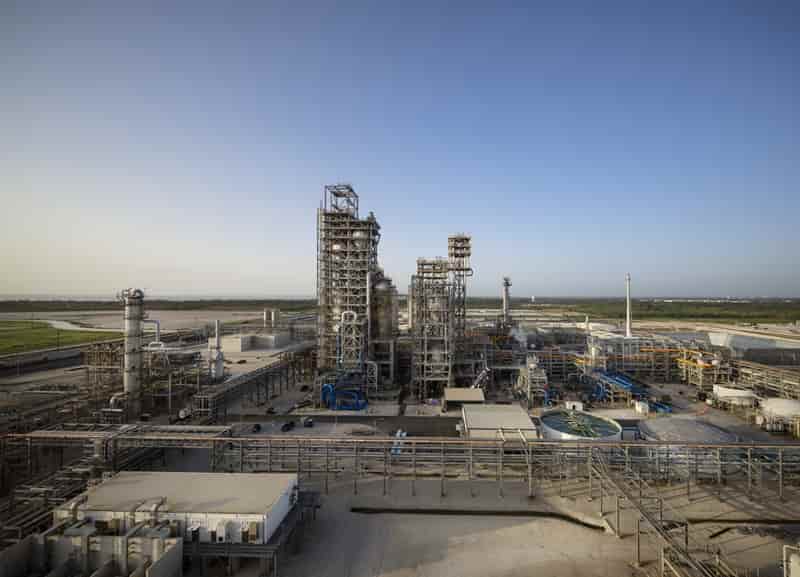
Waste depolymerization
